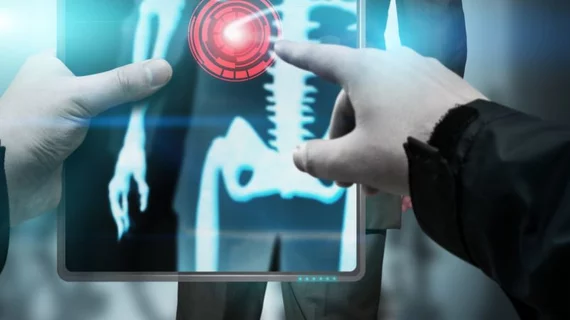Penn State radiology professor revamps med school with new diagnostic error prevention course
A new class at Penn State College of Medicine in Pennsylvania is helping students identify and prevent systemic causes of misdiagnoses, according to a university news release published Oct. 31.
When an international report released in 2015 by the National Academies of Sciences, Engineering and Medicine revealed high rates of diagnostic error and related harm to patients nation-wide, Timothy Mosher, MD, chair of the department of radiology at Penn State College of Medicine, wanted to help his medical students learn about diagnostic error prevention earlier on.
“As a future physician, making an effort to reduce diagnostic errors is a vital aspect of patient care and ethical medicine,” Jehan Momin, a third-year student at the College of Medicine who recently took Mosher’s course, said in a prepared statement. “We are taught to ‘Do no harm,’ and I believe a part of that is recognizing the fact that errors will always occur, but we must make a concerted effort to reduce them in our practice.”
In the class, students learn about the frequency and causes of diagnostic error and consider the National Academies of Sciences, Engineering and Medicine recommendations for how to identify, address and reduce diagnostic error in real-world situations.
Three groups of students have taken the class so far, which Monsher explained has been developed with a systems-based approach.
“We want students to understand the background of the problem, so they can think critically for the rest of their career,” Monsher said.
The first group of students surveyed radiologists and radiology residents about current factors that lead to errors in radiology reports. The second looked at the difficulty of getting feedback when diagnostic errors occur. The most recent group examined concerns with a digital patient portal from the perspective of radiologists, patients and the managing physician, according to the release.
“The course aims to help students understand that the process of reaching an accurate diagnosis is about the patient and more,” said Terry Wolpaw, MD, vice dean of educational affairs at the College of Medicine. “It means understanding the patient’s concerns within the context of all the health care they’ve encountered, all the information available and everything outside the doctor’s office affecting them, such as their family, community and environment.”

